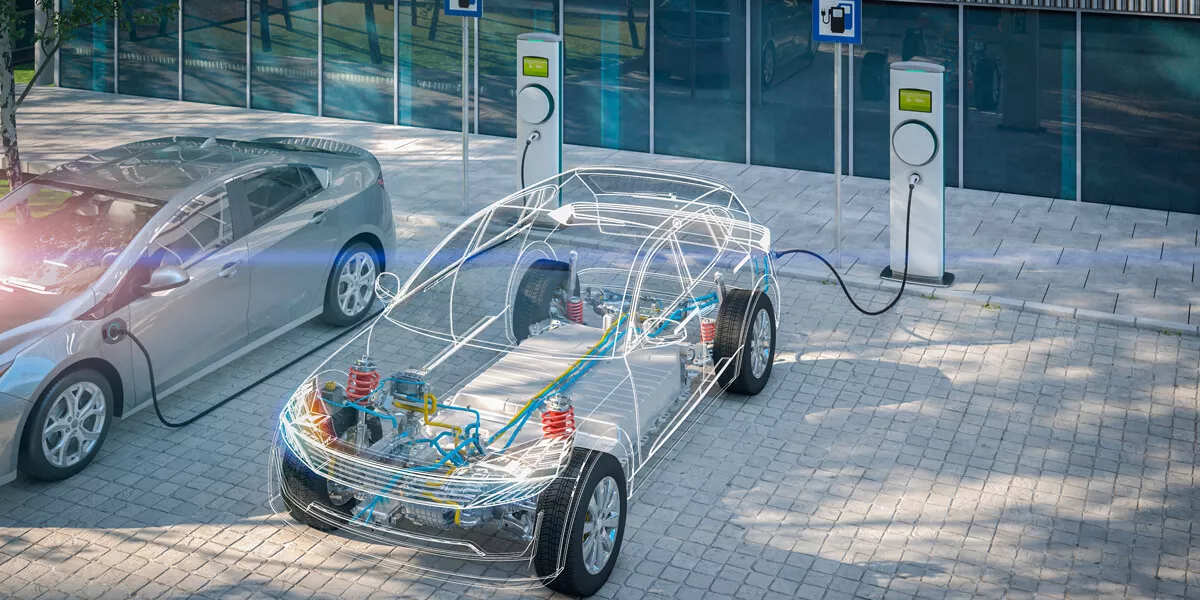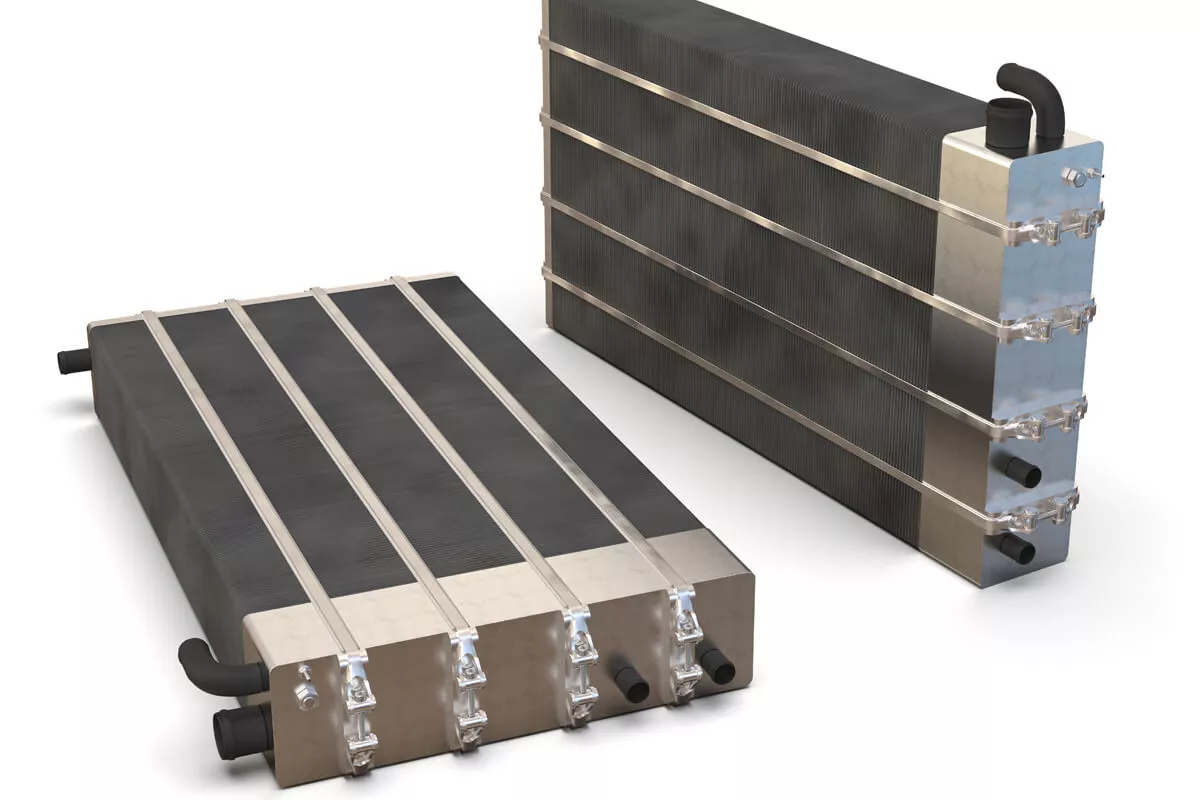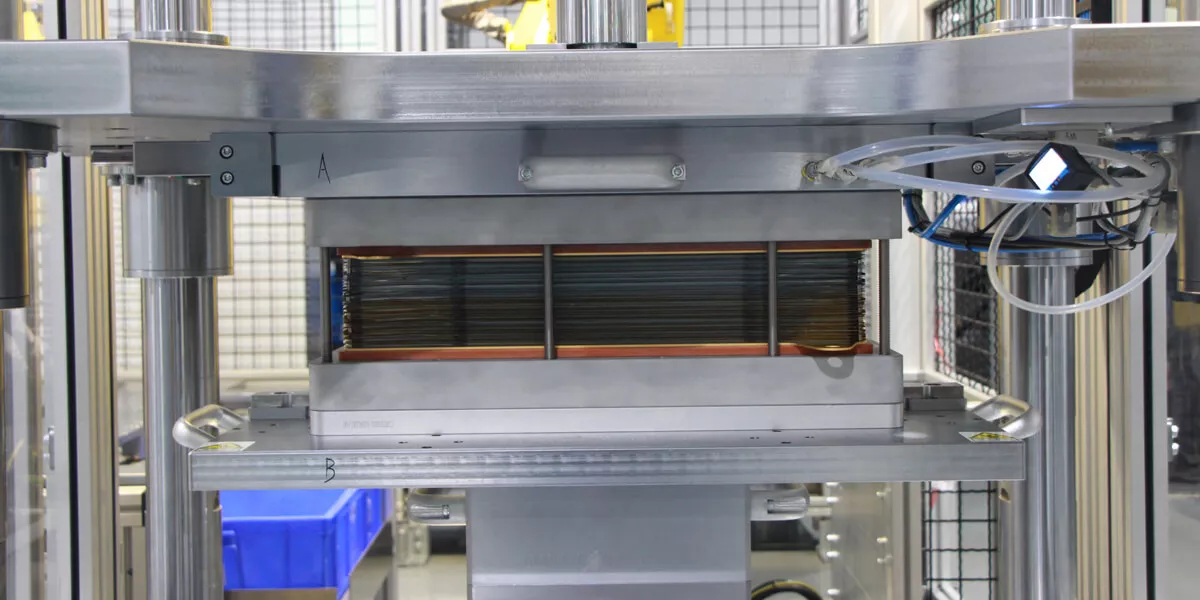
Fuel cells in the automotive industry: Current limits and possibilities
- The principle of the fuel cell: How does a fuel cell work in a car?
- Advantages of the fuel cell: Why is the fuel cell attractive for the car industry?
- Criticism of the fuel cell: Why are fuel cells also viewed critically in the car industry?
- Conclusion: Fixing problems and increasing demand - innovative solutions are needed
The fuel cell is a much-discussed topic in the automotive industry. At the beginning of the 2000s, it was seen as a beacon of hope for achieving the traffic turnaround. The move away from the combustion engine and the emission-free operation of passenger cars and commercial vehicles is still the declared goal of many car manufacturers today. However, in many places the fuel cell is no longer associated with as many hopes in the automotive industry as it was a few years ago. Yet the fuel cell in itself offers great potential for making driving more environmentally friendly. However, there are still a few hurdles to overcome before this potential can be realised. The following article takes a look at the current limits and possibilities of the fuel cell in the automotive industry.
The principle of the fuel cell: How does a fuel cell work in a car?
In order to achieve agreed climate targets and thus reduce greenhouse gas emissions and global warming, huge restructuring needs to be undertaken in the transport sector. This includes turning away from the internal combustion engine, which runs on petrol or diesel. Electromobility is the keyword here, whereby a distinction must be made between battery-powered e-cars (BEV) and e-cars with fuel cells (FCEV).
A fuel cell uses hydrogen as an energy carrier, which is converted into water, energy and heat during so-called cold combustion in interaction with oxygen. The energy released is used to power a vehicle's electric motor, water and heat are released into the air, and no pollutants are produced during this process.

Advantages of the fuel cell: Why is the fuel cell attractive for the car industry?
The principle of operation clearly shows why the fuel cell is so interesting for the car industry: it enables emission-free propulsion of vehicles and that with ranges of several hundred kilometres with only a single tank of fuel. This is precisely the decisive difference to battery-powered e-cars: the fuel cell vehicles are refuelled at a filling station just like conventional cars with internal combustion engines. It only takes a few minutes for the tank to be full. This is many times faster than with battery-powered vehicles, for which several hours of charging time must be planned.
In addition, fuel cells offer the advantage in the car industry that completely green operation of the vehicles is possible - as long as one decides to use green hydrogen. In this case, the electricity needed for production comes from renewable energies. This is because hydrogen only occurs on earth in bound form and must therefore be obtained from another carrier, such as natural gas or methane.
Other advantages offered by fuel cells in the automotive industry are the low weight of the battery and electric motor, the low-wear and low-maintenance design, the high efficiency on site, the quiet use and the absence of questionable raw materials in production.
Criticism of the fuel cell: Why are fuel cells also viewed critically in the car industry?
Where there is light, there is usually also shadow. This also applies to the use of fuel cells in the automotive industry. It is not without reason that one wonders why there are more and more vehicles with battery-powered electric motors on Germany's roads, but still very few cars with fuel cells. There are several reasons for this.
First of all, the production of vehicles with fuel cells is still very expensive. This is partly due to the high cost of fuel cells. Today, they are still mainly manufactured in a factory. In order to reduce production costs, the degree of automation in manufacturing would have to be expanded and the production figures significantly increased. This is the proverbial fly in the ointment: as long as there is no increased demand for fuel cells, it is not worthwhile for manufacturers to invest in automated production processes. Production optimisation and demand are therefore mutually dependent.
Another point to consider with regard to the use of fuel cells in the car industry is that the necessary tank infrastructure is still lacking. Although the number of hydrogen filling stations throughout Germany has been increasing for several years, in fact the expansion is nowhere near as far advanced as would be necessary to ensure nationwide use. In 2022, around 100 hydrogen filling stations will be available in Germany, and in other European countries the number will be even lower. Cross-border journeys with the FCEV thus become more or less impossible. As an example: Italy, the Czech Republic or Poland each have less than a handful of H2 filling stations.
The third point of criticism is that the hydrogen needed for fuel cell use is still expensive and only available in small quantities as truly green hydrogen. The much larger quantities of hydrogen, on the other hand, are so-called grey hydrogen, which is produced from natural gas using fossil fuels. As a result, the production of hydrogen is already associated with considerable Co2 emissions, which reduces the carbon footprint of the fuel cell vehicle.
Conclusion: Fixing problems and increasing demand - innovative solutions are needed


The fact is: fuel cells in the automotive industry offer significant advantages over conventional combustion engines. However, these can currently only be partially exploited. In fact, series production of fuel cell vehicles in Europe is practically non-existent or hardly worth mentioning. Asian countries are already much further ahead: Toyota and Hyundai have had FCEVs on the market for several years - but the costs of the models are currently still many times higher than what an average consumer would spend on a new car.
In order to push the use of fuel cells in the car industry, large investments must therefore first be made: A cheaper production of fuel cells with a high degree of automation, an improvement of the refuelling infrastructure and the promotion of the production of green hydrogen are to be named here in detail. For freight transport, these prerequisites only apply to a limited extent. Through the establishment of H2 filling stations along a precisely defined route network, the economic use of the climate-friendly fuel cell, in contrast to battery-powered e-vehicles, is already no longer a pipe dream.
In order to ensure improved starting conditions on the production side, i.e. more economical production of fuel cells, we at ruhlamat are working together with international partners from various institutes and industry on the development of clever machine solutions. Please feel free to contact us for further information.